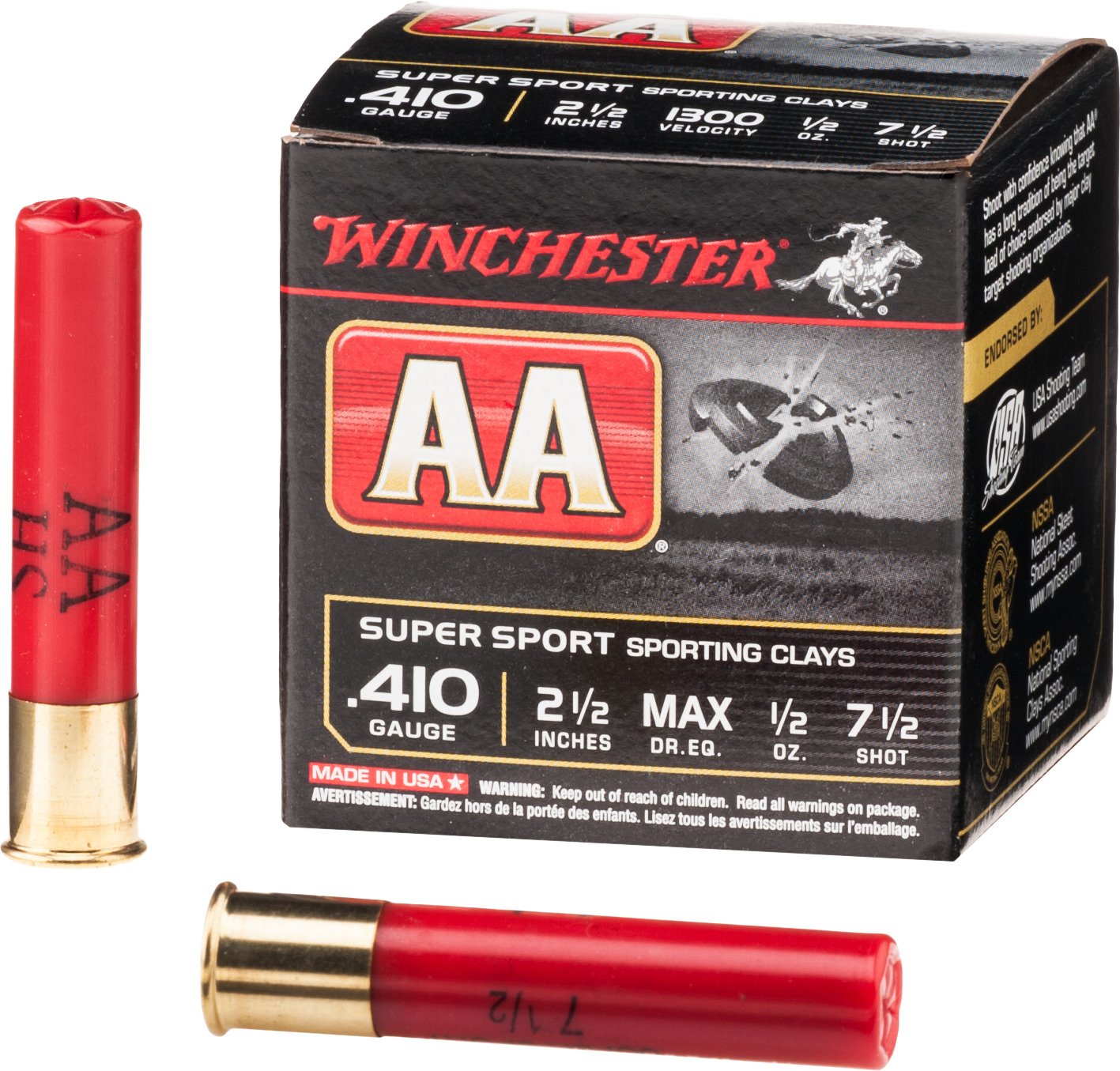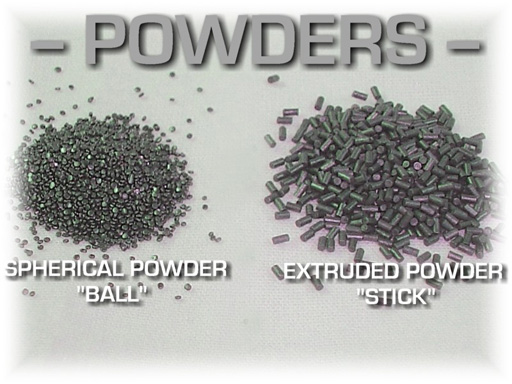 Have you contemplated digging that old .410 out of the closet only to choke to death on the price of shells? The current price for AA target loads at my local wal-mart is right around $12. If you want anything other than that, the price goes up to about $16. That's pretty disgusting when you consider I can buy a 100 round pack of 12 gauge shells from the same shelf for $22. Let's see that's $.48 per round for .410 and $.22 per round for 12 gauge. $.48 a round doesn't seem like much to a rifle shooter, but to a shot gunner it's murder. A typical 12 gauge target load has 1-1/8 oz of shot and somewhere around 18-20 grains of powder whereas a .410 is only a 1/2 oz of shot and maybe 10-12 grains of powder. They both use the same 209 primer. Heck, even the plastic wad and shell takes less material.
Have you contemplated digging that old .410 out of the closet only to choke to death on the price of shells? The current price for AA target loads at my local wal-mart is right around $12. If you want anything other than that, the price goes up to about $16. That's pretty disgusting when you consider I can buy a 100 round pack of 12 gauge shells from the same shelf for $22. Let's see that's $.48 per round for .410 and $.22 per round for 12 gauge. $.48 a round doesn't seem like much to a rifle shooter, but to a shot gunner it's murder. A typical 12 gauge target load has 1-1/8 oz of shot and somewhere around 18-20 grains of powder whereas a .410 is only a 1/2 oz of shot and maybe 10-12 grains of powder. They both use the same 209 primer. Heck, even the plastic wad and shell takes less material. .jpg_thumbnail0.jpg)
To be fair, I'm sure that loading .410 shells is more time consuming for the manufacturers. But, to me the shooter, it's still hard to swallow 16 bucks for a box of shotgun shells.
So, the cheapskate in me decides to load one up; just to see how difficult it is. I have loaded 12 gauge shells off and on for years. I've always used a lee load all press and had good luck doing it. There is no load all for .410 and the mec loaders are pricey. Obviously that was not happening.
 |
I have a bunch of spent shells. So, I decided to get into low cost reloading of the .410. I took out a punch and knocked the old primer out of one. Took a larger punch and pressed in the new one.
Then charged with powder.
Add a new wad. I use the plastic type. Then fill her with shot.
 |
| Using 3 inch hulls to make 2.5 inch shells allows you plenty of wiggle room. Just trim to desired length. |
Now, what do you do with the top? It's pretty simple really. Trim the crimped portion off the top of the shell. Cut an "over shot card" from a cereal box and glue it in place with elmers glue. Sounds hillbilly, but it works.
 |
| Elmers dries clear. |
I'm far from the first person to do this. You can find a step by step tutorial at the end of this article. He's using pyrodex, but the same process works for smokeless powder. Some folks load with the old fashioned fiber wads under the shot. You can certainly use either those or the plastic style. Over shot cards are cheap, but I prefer making them from cereal boxes. Compared to metallic reloading, shot shells are easy. If you have a drill press, it can be used as a press with bolts and such to punch primers out and press them back in. Some people roll a crimp onto the end of the shell. I think that is a neat idea, but in the case of the .410 I'd rather preserve the life of the shell and not work the plastic over too much.
UPDATE : I have found that using styrofoam cups to make over shot cards is by far superior to the cardboard. Much easier to punch out and it molds to fit the shell. So much easier to work with.
 http://www.surplusfirearm.com/2011/10/29/reloading-shot-shells-without-a-reloading-press/
http://www.surplusfirearm.com/2011/10/29/reloading-shot-shells-without-a-reloading-press/



